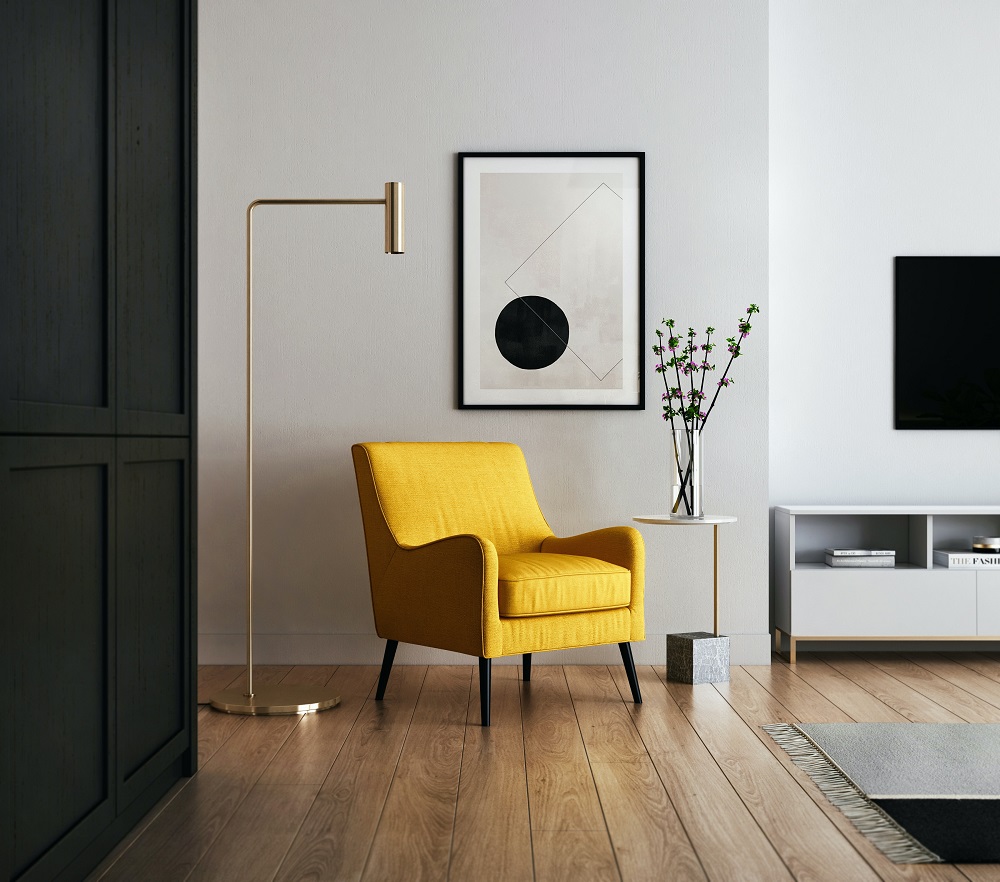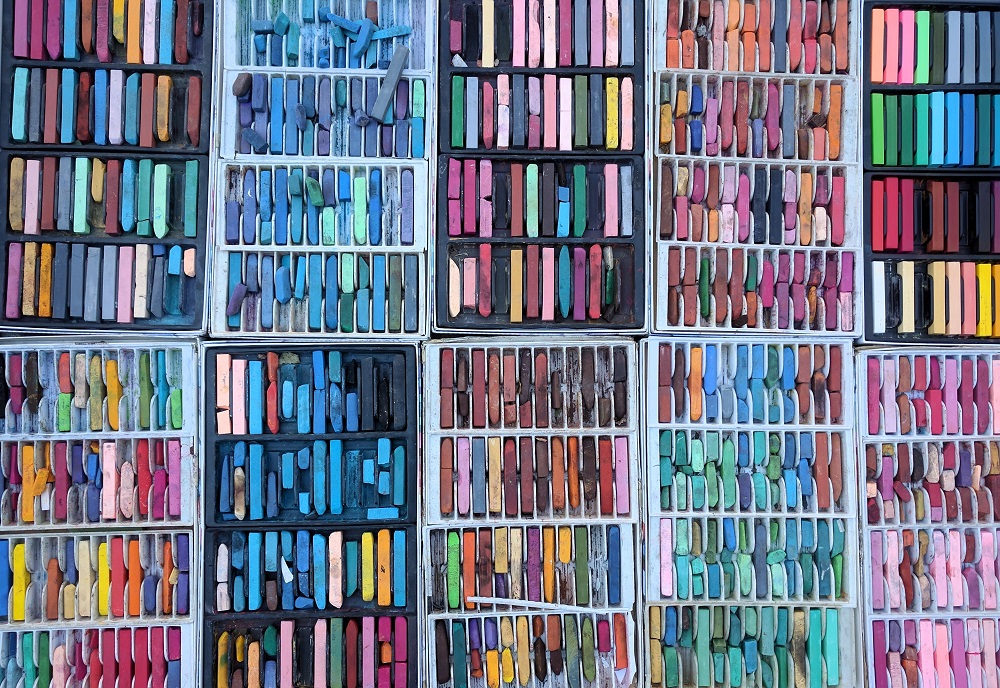What are the first things that come to your mind when you think about interior design? Any answer counts as a valid one. Furniture and small decorations are something you put on your priority list when moving into your house. Yet, when you are in a rush, you might not consider colors as something essential for you.
Nevertheless, a color scheme is crucial for making your house cozy and demonstrating your personality. At the same time, you should be careful with picking the palette. Something that you enjoy might cause your headache if picked without an afterthought. It all depends on various factors.
A color scheme is something you should pay attention to and dedicate some time to research. Don’t worry if nothing will make sense at first. This is why you can get homework help by WritePaper and spend more time learning about such things as color and design theories. Of course, your personal preferences will always impact the final choices, but there’s always a way to make it even better.
First Things First
You don’t have to get a degree in design or arts to become really good at understanding colors. You can hire a specialist to help you out, but it is more rewarding to be a creator on your own.
It is not about talent but practice and learning how patterns and combinations work. You can use many helpful free resources to learn more about colors, patterns, and palettes. More about them further.
At the same time, you should let yourself experiment and avoid restricting your choices. When searching for the best option, you will see some strict rules no one should break. Who says there should be no monochromatic combinations? After all, it is your home, and it should bring you comfort and joy. The rules should only be there to make the perfect scheme.
What Is a Color Scheme?
A color scheme means the grouping of complementary colors. It is called a scheme because of the arrangement. It exists to highlight and amplify each color for an improved effect. Many people often call schemes a palette, but the palette represents the shades themselves.
You should familiarize yourself with different schemes. Of course, you don’t need to know them all by heart. Here are a few schemes.
- The monochromatic scheme means variation of one color in shade, saturation, and texture.
- The complementary scheme means the combination of colors opposite to each other on the wheel, like orange and blue, red and green.
- The Square scheme is composed of four colors opposite each other in a rectangular shape, like yellow and purple and turquoise and orange soda.
Here are some services you can use to check how schemes work for designers:
- Adobe Color is perfect for quickly getting familiar with different schemes and playing with colors;
- Paletton is another simple tool to create a scheme that appeals to you;
- Color Hunter is quite a fun tool to create a palette from an existing image, which is good for people who get their inspiration from paintings or photos.
Find Inspiration for Your Color Scheme
Many people know what they want to see in their homes. On the other hand, it is normal when you feel completely lost when day X happens. It is good to have a painting, photo, or even a favorite pattern to be an inspiration for you.
Identify the colors of your favorite piece and start experimenting with what works with them. Always pay attention to proportions and how furniture and other elements work together.
Of course, you can add to your baggage of knowledge by reading Michel Pastoureau’s history and symbolism of red, blue, black, and green (quite a fun read). At the same time, it is interesting to read some psychological studies on how color impacts us every day.
Get some time and watch movies, look at popular music videos – everything colorful will be inspiring for you. It’s not a must, but it will give you more confidence with your picks.
Consider House Planning
Specialists advise to be aware of the planning and be attentive to open rooms. If every room has a different scheme and they are not enclosed, it can create an unpleasant effect of distress. The colors of the kitchen, living room, and foyer should work together. Even smaller houses should take this aspect into account.
Another thing is enclosed rooms. Master bedrooms, kids’ rooms, and any other space that can be hidden behind the door can have their own color scheme according to your taste.
Devil in Details
If you want to use your creative freedom with bold and bright shades, consider accessories as tools to make needed accents. It is much easier to change your accessories and rearrange them if you get bored or tired. They can be rugs, paintings, couch pillows – anything that makes your room unique and detailed.
It also depends on your style in general. Fans of minimalism won’t put too much into the display. Yet, one bright coffee table can change the game for your decor.
Think About Light Sources
One of the most important things when choosing colors is how many light sources there are. Color changes with lighting, and it may have one look with natural light and completely different with artificial light.
Natural lights change throughout the day, so you also have to take notes on how light shifts are highlighting the room. Many specialists advise warm hues to soften shadows and work better with artificial light.
At the same time, you need to choose what type of lamps you would use in a room. Incandescent lamps are warmer, while fluorescent lamps create cooler light.
To Sum Up
It can be tiresome to make a house a home. When researching this important task, you might find many things that will go in the opposite direction of what you envisioned. But at the end of the day, it is normal if you get frustrated with things not working out right away. Just like with anything else, you shouldn’t give up: keep looking for your perfect color scheme and home decor.



